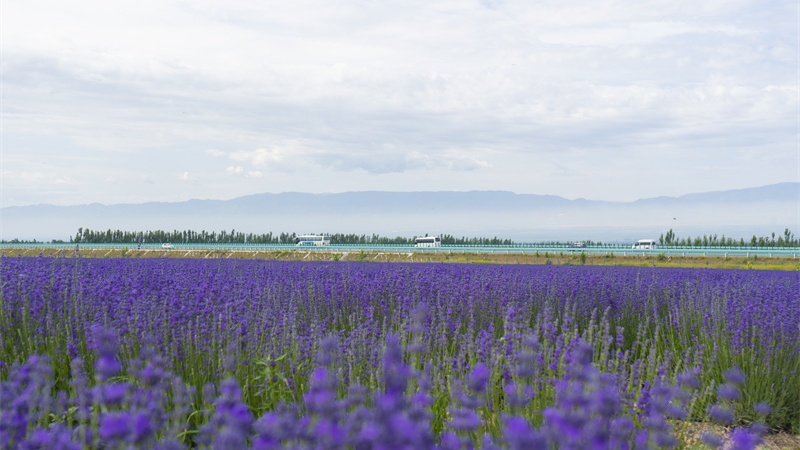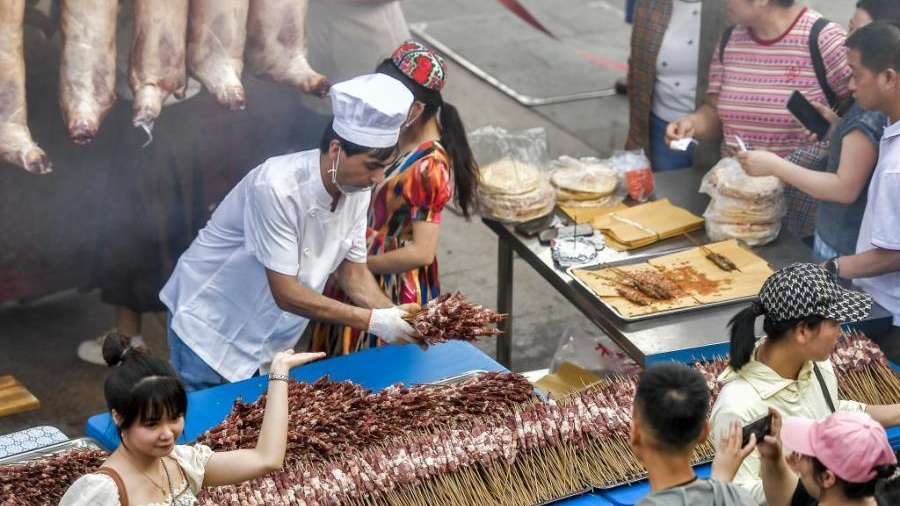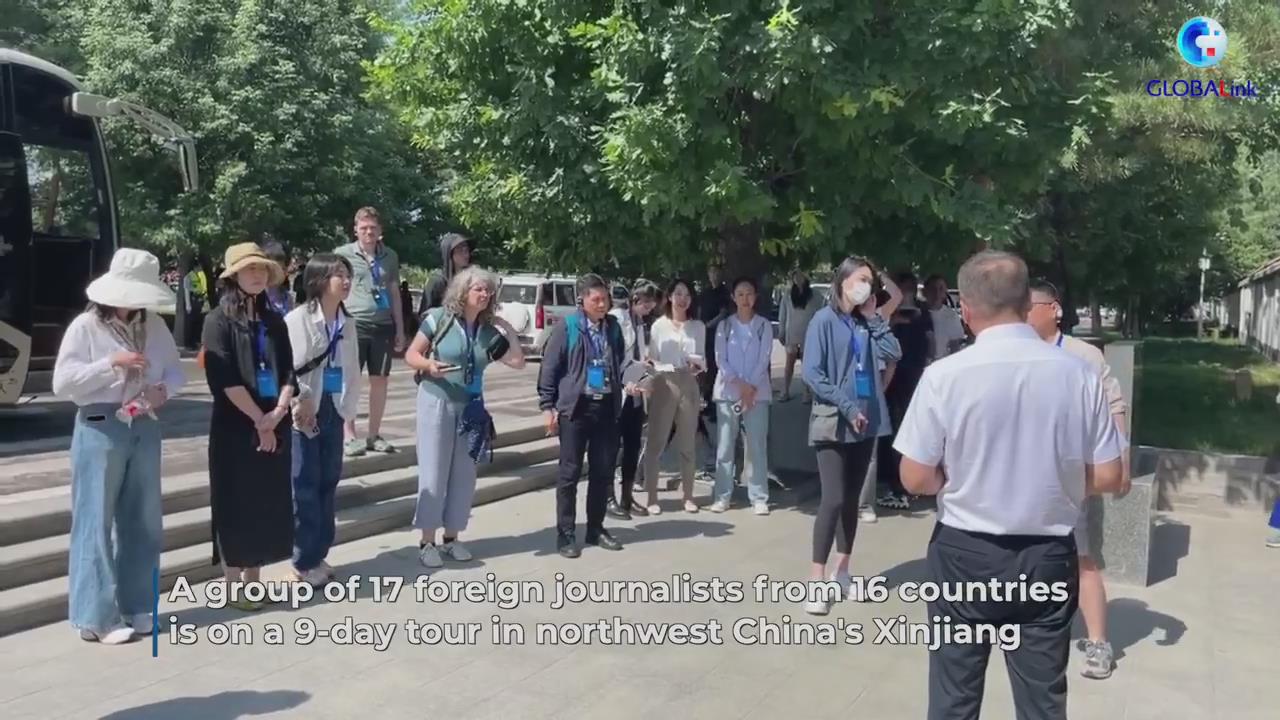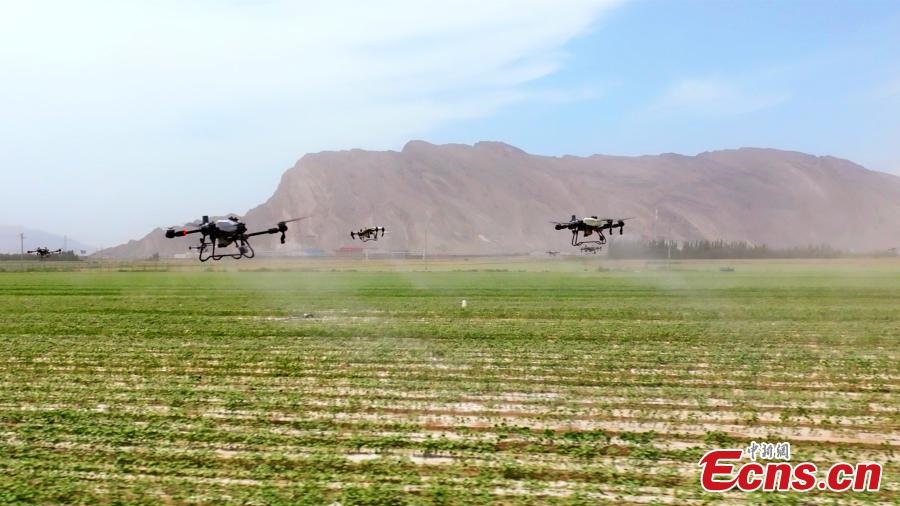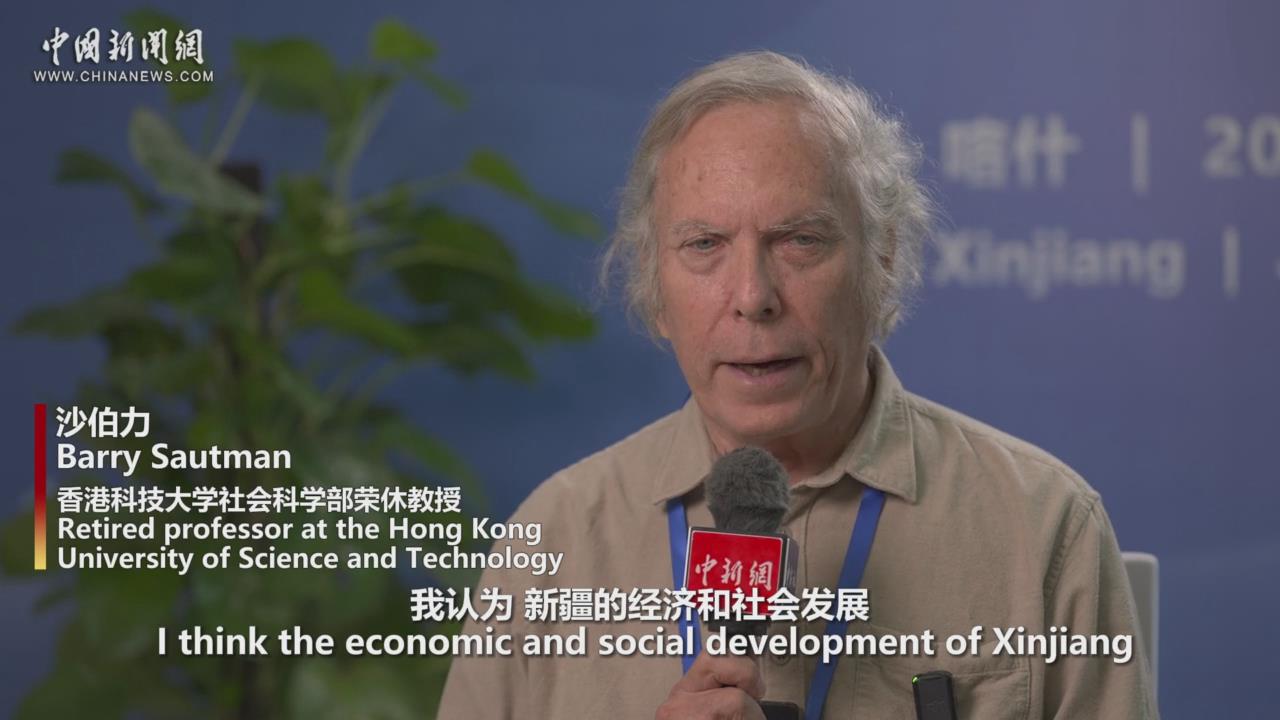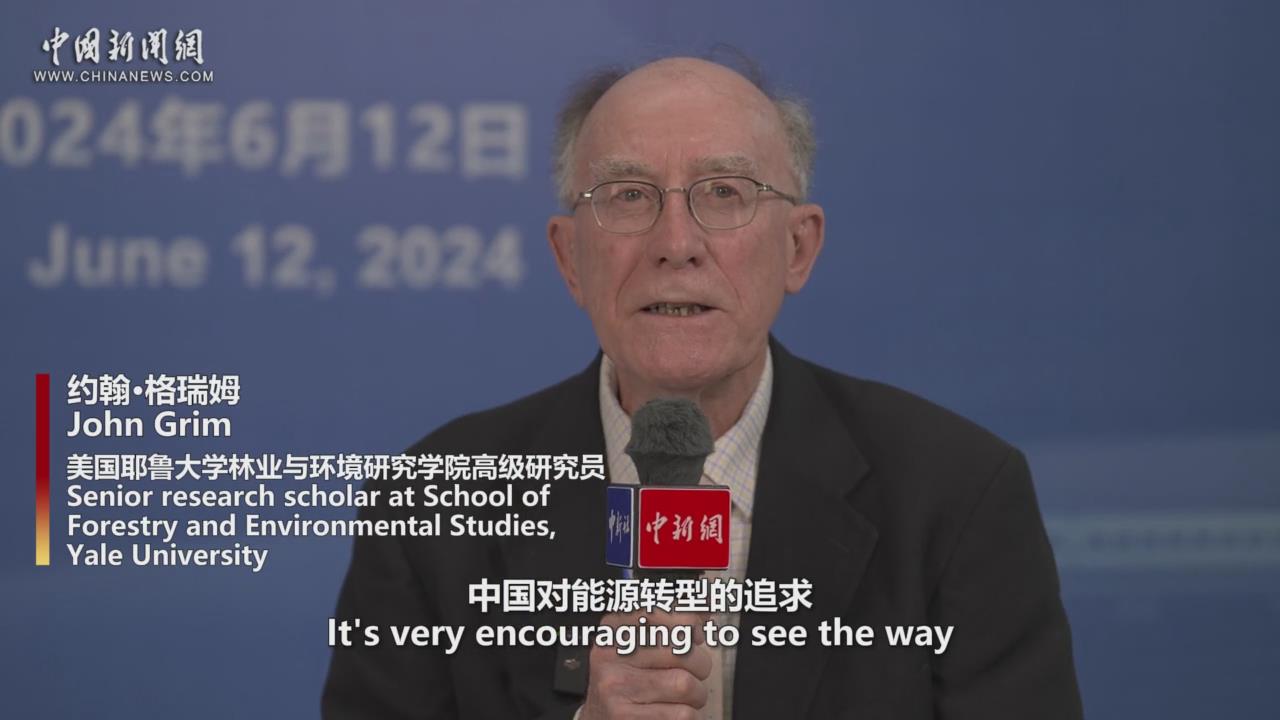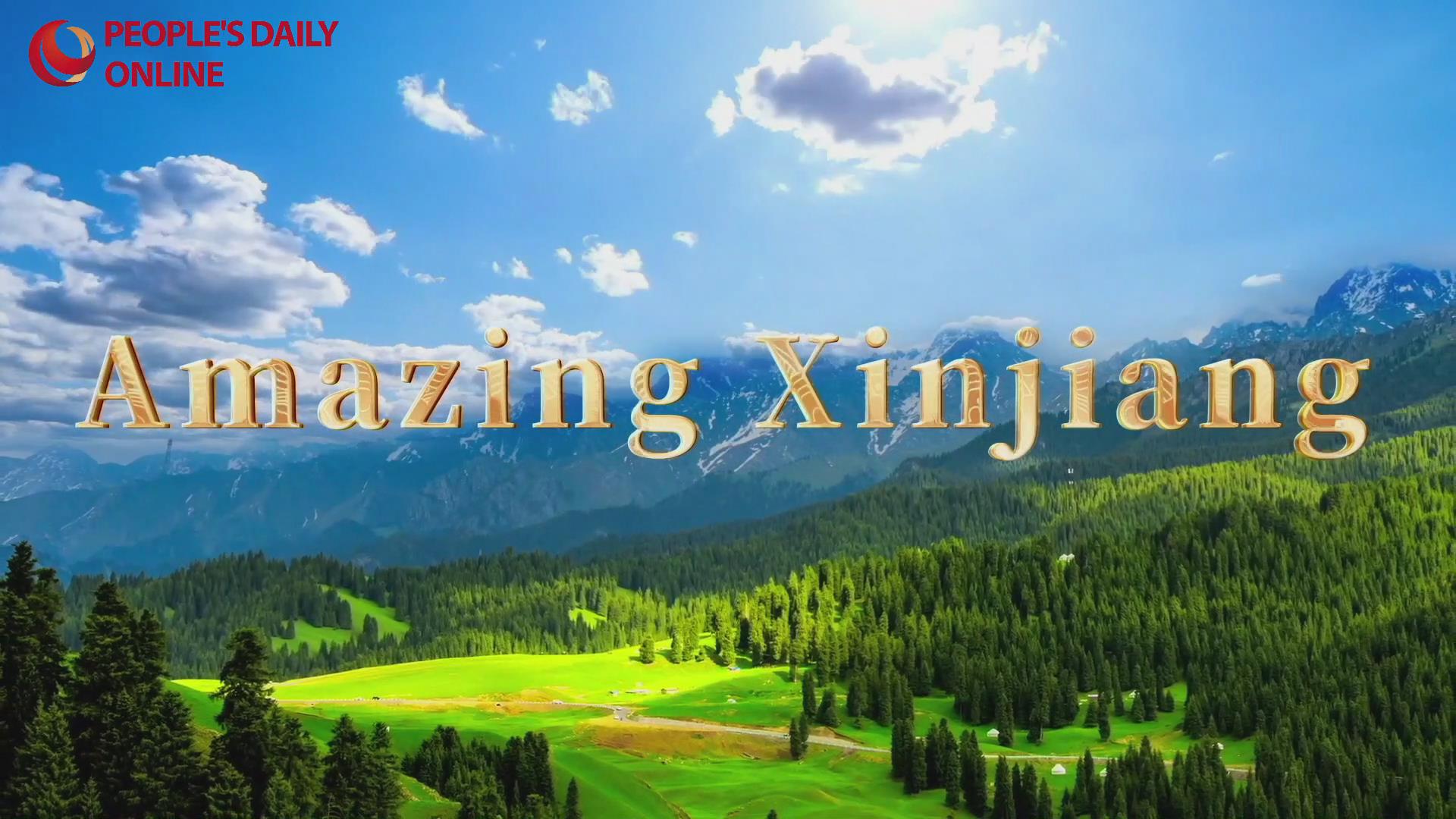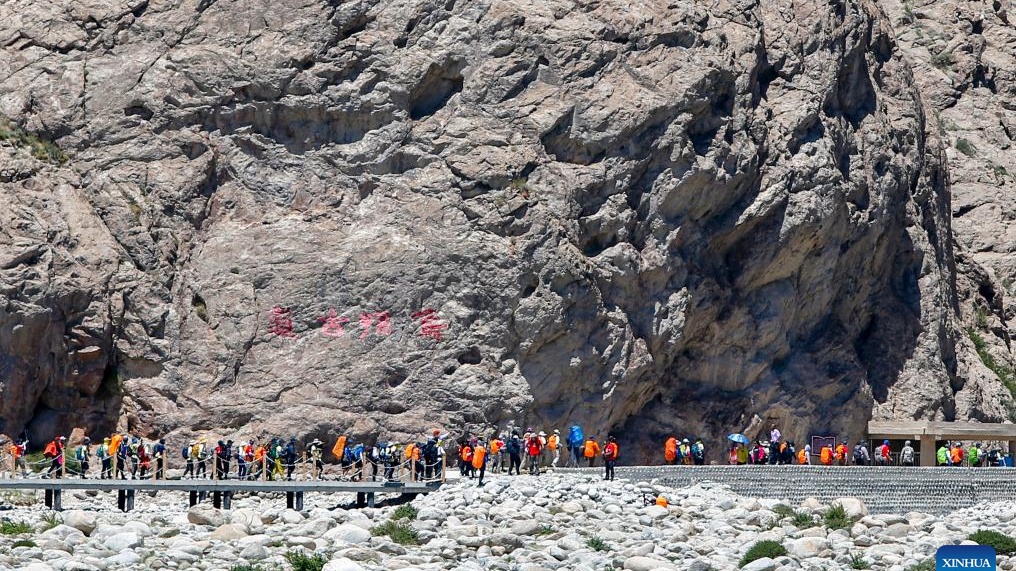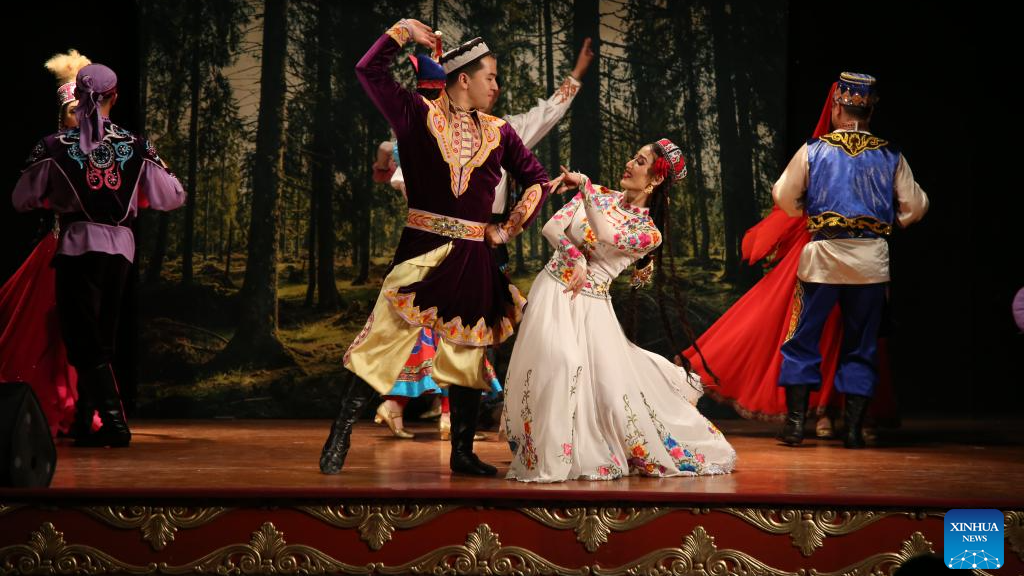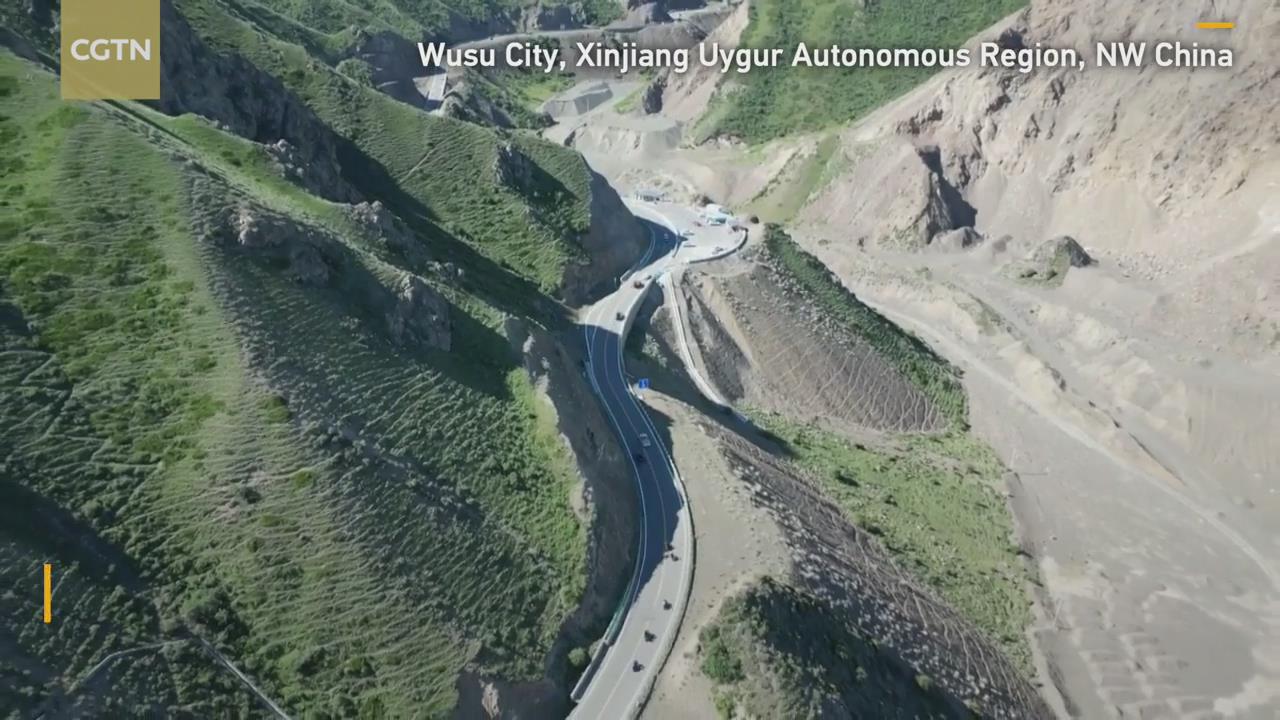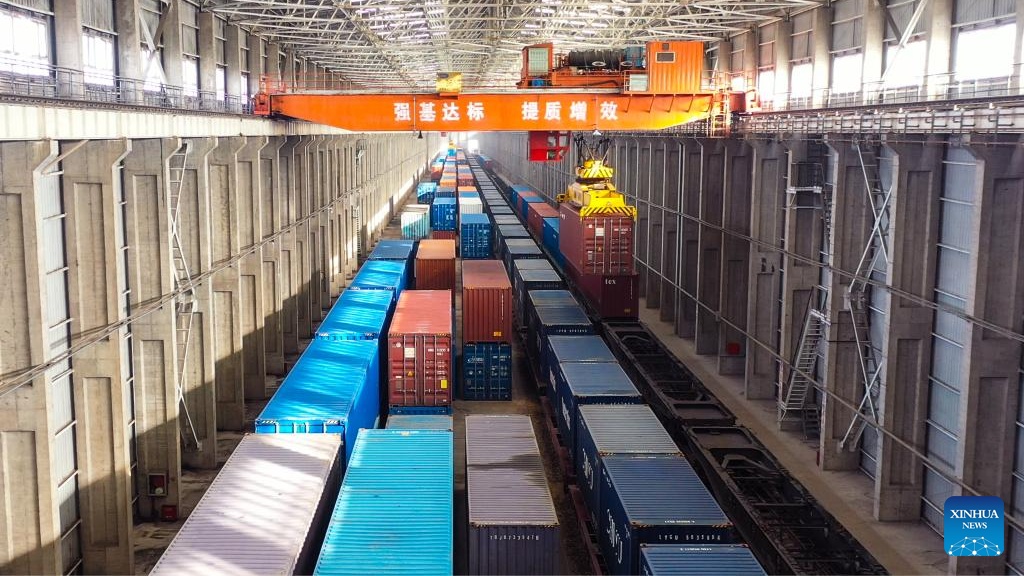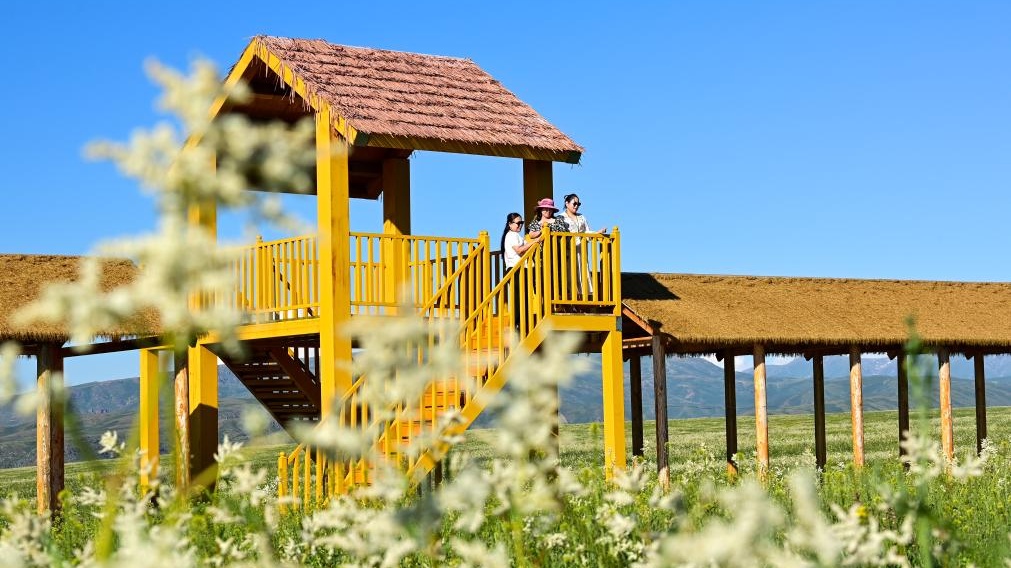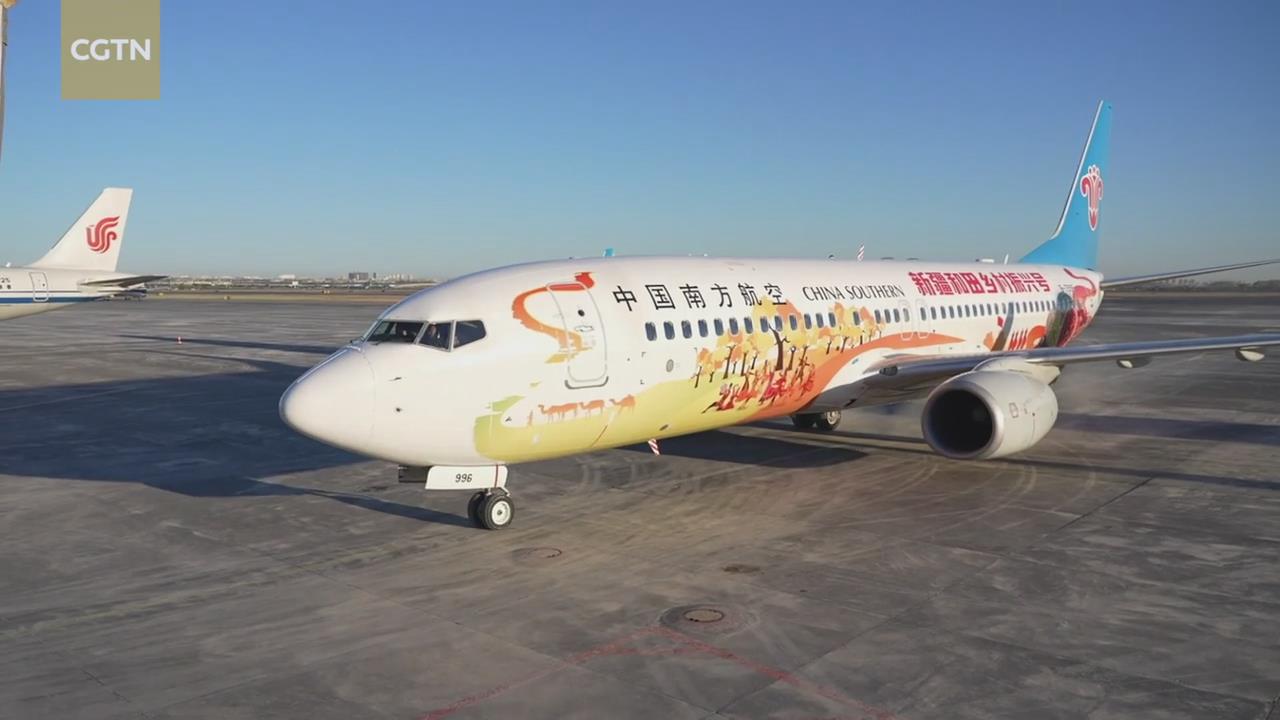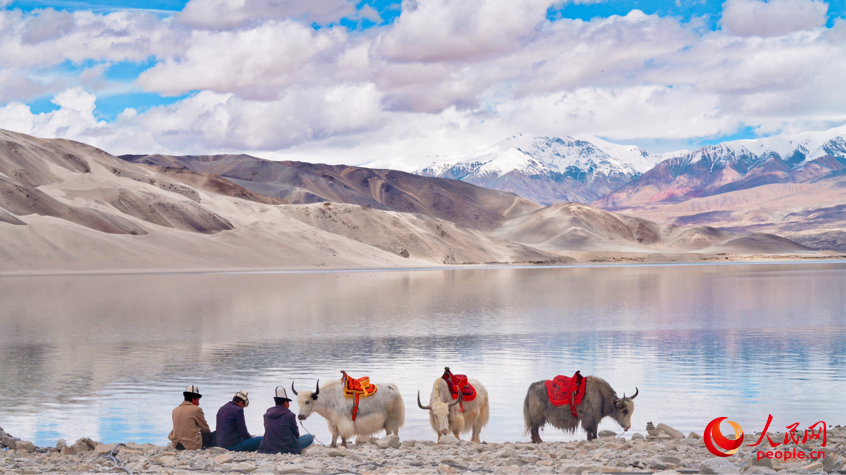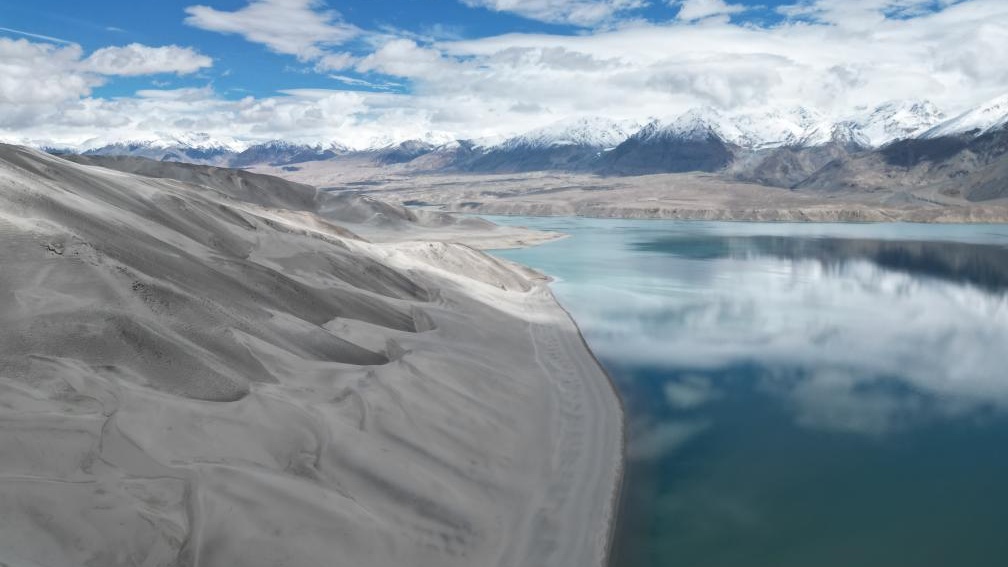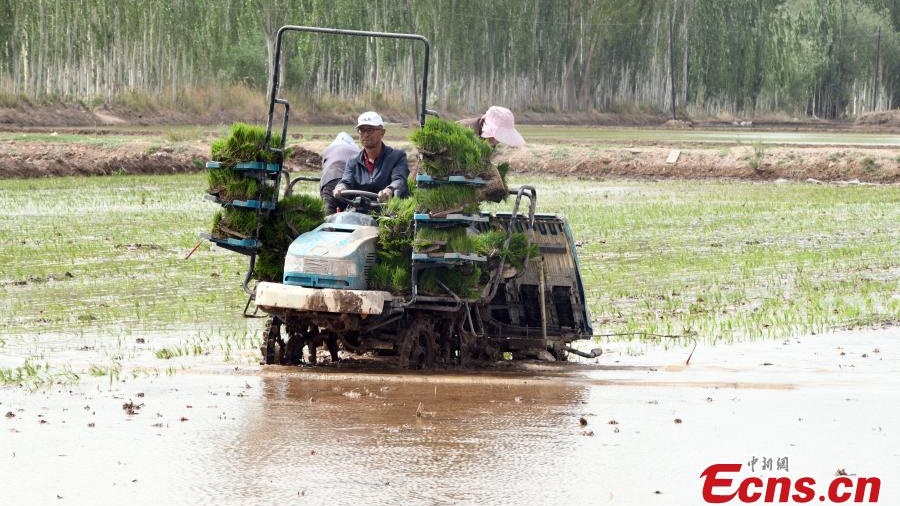Ancient trading hub remains repository of diverse heritage
It's important to step up archaeological excavation efforts in the Xinjiang Uygur autonomous region, as its unique history can offer new perspectives on understanding China's history and culture, foreign scholars said.
There are few places in the world that have as many cultures that have come together and left behind rich heritages as they have in Xinjiang, said Neil Schmid, a researcher with the Dunhuang Academy. He made the remarks on the sidelines of the International Forum on the History and Future of Xinjiang held in southern Xinjiang's Kashgar city.
Xinjiang boasts a rich tradition and the coexistence of diverse cultures and religions. In addition to numerous Buddhist sites, a Zoroastrian fire altar from 2,500 years ago was found in Tashkurgan county. In the ancient city of Milan in Ruoqiang county, a Greek-style "winged angel" Buddhist mural from 1,800 years ago was uncovered.
Taoist scriptures and a Christian Bible were unearthed together from a 1,300-year-old Nestorian monastery in Turpan. Also in Turpan, Manichaean worship scenes from 1,000 years ago were discovered in the murals of the ancient city of Gaochang.
In the ancient city known as Dun during the Tang Dynasty (618-907), in Qitai county, a Nestorian church from 1,200 years ago was found, whose murals depict the scene of Jesus entering Jerusalem on a donkey. Inside the city, an ancient Roman-style bathhouse from 1,000 years ago was also excavated.
"Xinjiang is a place where diverse civilizations converge. They are extremely mixed in many ways," Schmid said.
He shared research on the portrait of Li Shengtian, King of Yutian — an ancient kingdom in the Western Regions — found in Cave 98 of Dunhuang's Mogao Grottoes at the forum.
"The costume patterns of the king not only reflect the influence of the Han emperor's costume, but they can also be found in statues and murals in Iran. It also shows that the concept of the divine right of kings is also valued in Xinjiang," Schmid said.
The integration of different civilizations can generate interest from people with different backgrounds and find points that they can relate to and begin to explore the Chinese culture themselves, he added.
"I think Westerners don't understand China very well. This is unfortunately an ongoing problem. Xinjiang is an amazing gateway for them to start learning about China," Schmid said. "And I think people really deserve to know the complex layers of cultures and religions of Xinjiang. It's really incredible."
Buddhism came into China through different routes, and one of them was via Xinjiang. The translation of many Buddhist texts was done in the region, which has had an incredible impact on the Chinese language and culture, said Imre Galambos, a chair professor at Zhejiang University and emeritus professor at the faculty of Asian and Middle Eastern Studies at the University of Cambridge.
"In recent years, there have been quite a few finds, including manuscripts in Xinjiang. All of these new discoveries are wonderful because we're going to have much more material to look at and that's going to lead to a much better understanding of the history of the region and also the history of the spread of Buddhism to China," said Galambos, who specializes in the study of medieval Chinese and Tangut manuscripts.
Galambos said it's incredibly exciting to see archaeological discoveries in Xinjiang as many relics such as ancient manuscripts can survive in the region due to its climate conditions. Continuous efforts should be made to make new discoveries, which can help scholars and people better understand China, he said.
Wei Jian, a professor at the School of Ethnology and Sociology at Minzu University of China, said archaeological excavations in Xinjiang were mainly carried out on tombs in the past, but more large-scale excavations have been carried out in ancient cities and monasteries in recent years. It will surely provide more comprehensive information on the region's past, he said.
Colin Mackerras, an emeritus professor at Griffith University in Australia, said cultural relics are very important because they can tell the stories of the past, and that history is also important for the present.
He was glad to see that cultural relics have been well preserved in Kashgar, which was a key trade hub on the ancient Silk Road. They can show the outside world and the local people the importance of the city in terms of world history, Mackerras said,
Zhao Manfeng contributed to this story.
cuijia@chinadaily.com.cn


